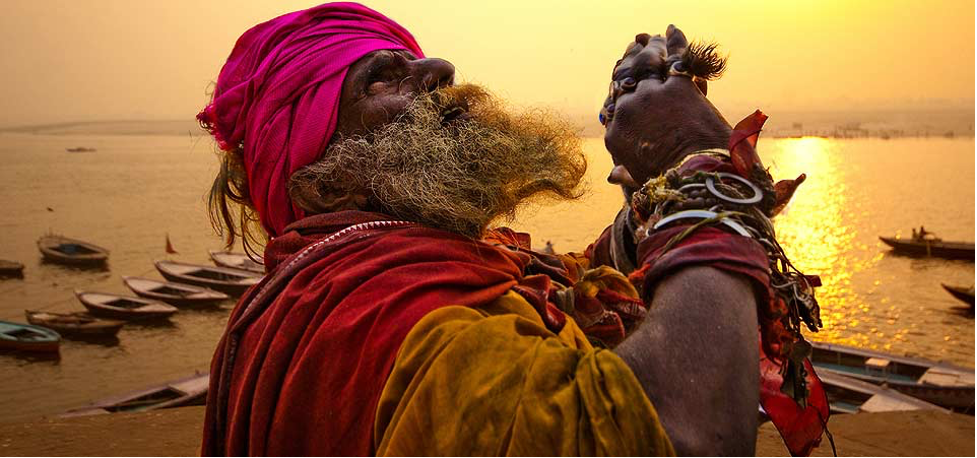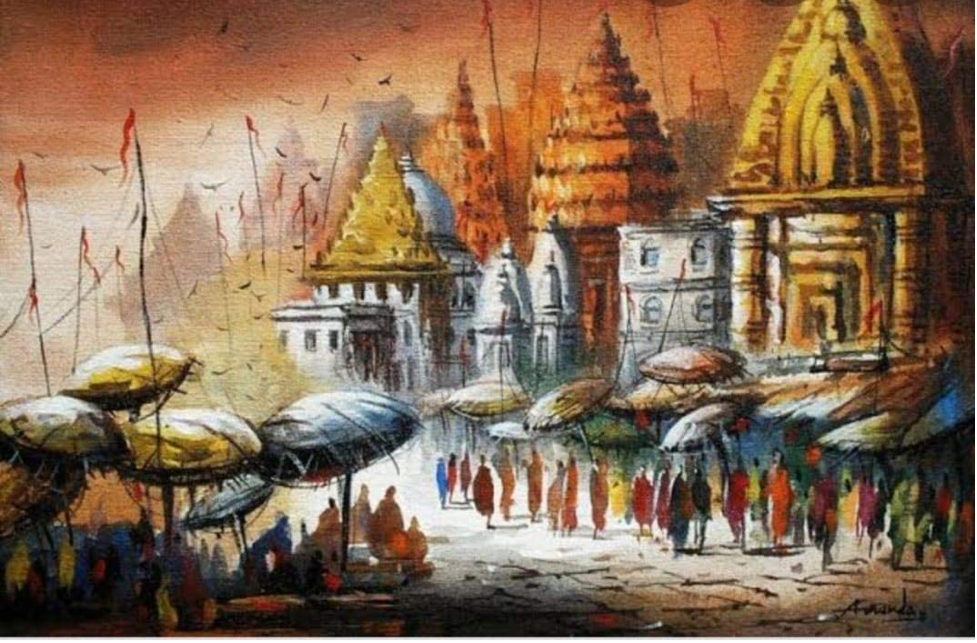
Journal of Spiritual Encounters: Meeting Naga Sadhus and Spiritual Gurus in Varanasi

Arrival in Varanasi
As I stepped off the train and onto the platform at Varanasi Junction, I could feel a wave of anticipation and excitement washing over me. Varanasi, the city of spiritual awakening, had beckoned me with its ancient wisdom and mystic charm. My journey began with a stroll along the chaotic streets, filled with the sights, sounds, and scents of this vibrant city.
Exploring the Ghats
My second day in Varanasi began with an early morning boat ride along the sacred Ganges River. The ghats, each with its unique character and stories, stretched before me. I marveled at the dedication of pilgrims and tourists alike, who gathered to witness the Ganga Aarti ceremony at Dashashwamedh Ghat. The melodious chants and the sight of the river lit up with floating lamps left an indelible mark on my heart.
Seeking Spiritual Wisdom
Varanasi is not just a city of rituals; it’s a hub of spiritual wisdom. I visited the ancient temples and ashrams that dotted the city’s landscape, where gurus and spiritual teachers imparted their knowledge. My conversations with these wise souls delved into topics of meditation, karma, and the pursuit of inner peace.
Naga Sadhus – The Ascetics of India
Today was the day I had been eagerly awaiting. I ventured to the Kashi Vishwanath Temple and Manikarnika Ghat, known as the spiritual epicenter of Varanasi. It was here that I hoped to meet the enigmatic Naga Sadhus, the ascetics who renounce worldly possessions in their quest for spiritual realization.
Meeting the Naga Sadhus
I approached a group of Naga Sadhus, their ash-covered bodies and matted dreadlocks making them appear ethereal and mystical. With folded hands, I greeted them with “Om Namah Shivaya,” the sacred mantra of Lord Shiva, whom they revere. One Naga Sadhu, Swami Rudrananda, welcomed my curiosity with a gentle smile. We sat on the steps of the ghat, and he shared insights into the life of a Naga Sadhu. He explained that their ascetic lifestyle is a path to liberation, a way to transcend the illusions of the material world. We discussed the significance of ash (bhasma) as a symbol of mortality and detachment. Swami Rudrananda shared his belief that the sacred ash represents the transitory nature of life and the ultimate reality that everything returns to ash, just as everything returns to the Divine.
Spiritual Gurus and Their Teachings
My exploration of Varanasi continued as I attended a discourse by a revered spiritual guru, Swami Anandagiri. His teachings centered on the importance of self-awareness and inner transformation. He emphasized that the external world is but a reflection of our internal state and that true happiness is found within. Swami Anandagiri encouraged us to practice mindfulness and meditation as tools for self-realization. He guided us through a meditation session by the serene banks of the Ganges, where I felt a deep sense of tranquility and connection with the universe.
A Dip in the Holy Ganges
Today, I decided to immerse myself fully in the spiritual experience of Varanasi by taking a dip in the holy Ganges. The waters were cool and refreshing as I waded into the river. With each step, I felt a sense of purification, as if the sacred waters were cleansing my soul. I observed as pilgrims and devotees performed their rituals, offering prayers to their ancestors and seeking blessings from the river goddess. The Ganges, often referred to as “Maa Ganga,” holds immense spiritual significance for Hindus, and I could sense the devotion and reverence in the air.

Maha Shivaratri Festival
The climax of my journey coincided with the auspicious festival of Maha Shivaratri, a celebration dedicated to Lord Shiva. The streets of Varanasi came alive with energy and devotion as Naga Sadhus from across India gathered in the city. I attended the evening procession, where the Naga Sadhus, adorned with garlands of marigolds and sacred ash, led the way. The atmosphere was electric, with the sounds of drums, bells, and chants filling the air. It was a vibrant and spiritual spectacle that left me in awe of the devotion and fervor of the participants.
Reflection and Departure
As I prepared to leave Varanasi, I couldn’t help but reflect on the profound experiences and spiritual encounters I had during my time in this sacred city. Meeting the Naga Sadhus and spiritual gurus had provided me with valuable insights into the diversity of India’s spiritual landscape. I had learned that spirituality is not confined to rituals and practices; it is a way of life, a journey inward to discover the divinity within ourselves. Varanasi had taught me that the pursuit of spiritual wisdom is a lifelong endeavor, a path filled with self-discovery and transformation.

My journal concludes here, but the memories and lessons from Varanasi will stay with me forever. It is a city where the material and the spiritual coexist harmoniously, where the Ganges flows with the wisdom of centuries, and where the Naga Sadhus and gurus inspire seekers like me to embark on a lifelong quest for inner truth and enlightenment.




